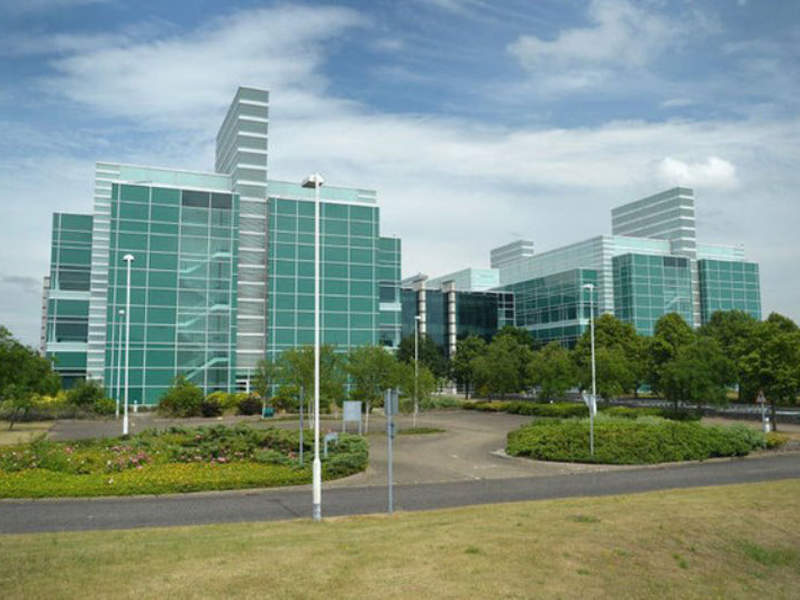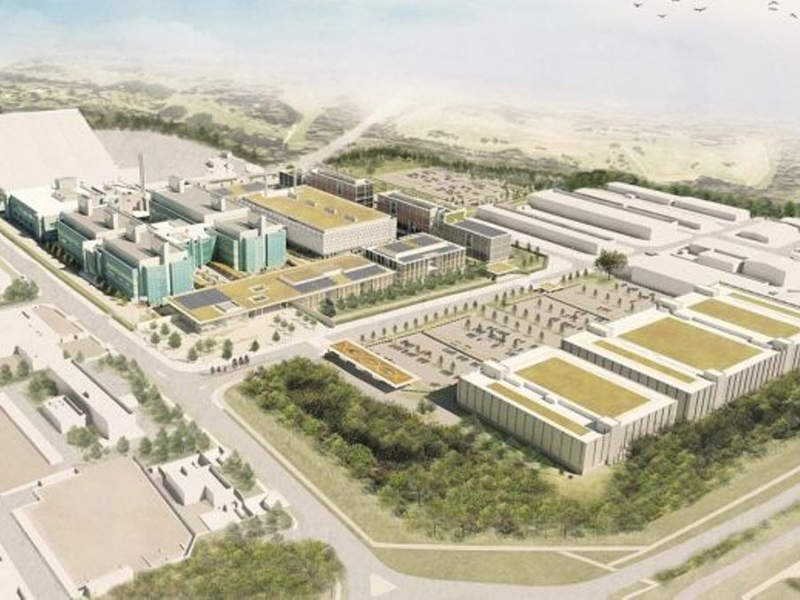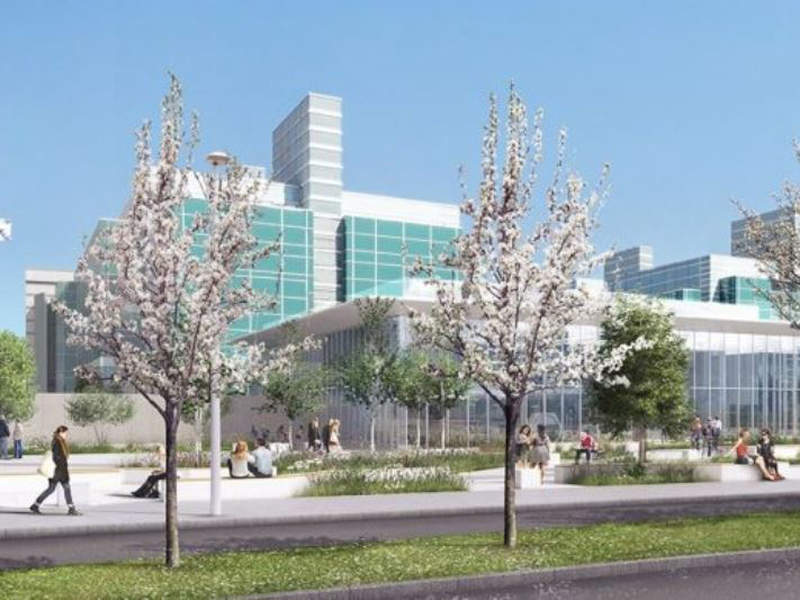Public Health England (PHE) is developing a public health science campus and headquarters in Harlow, Essex, UK.
Named PHE Harlow, the facility is estimated to cost £400m ($584m). This will be funded by the UK Government through a capital support programme.
The campus is expected to deliver solutions for health issues such as smoking, alcohol, diabetes and dementia, as well as environmental hazards. PHE aims to support the training of scientists at the research centre in order to meet future recruitment needs.
Construction is expected to begin in 2019 and is scheduled for completion by 2024.
The project is expected to generate up to 2,750 jobs by 2024, as well as thousands of construction-related jobs.
Location of PHE Harlow
In December 2017, Harlow Council’s Development Management Committee granted approval to develop the health science campus on a site formerly owned by pharmaceutical company GlaxoSmithKline (GSK).
The site is located at the company’s New Frontiers Science Park within the Pinnacles Industrial Estate in Harlow and the London-Stansted-Cambridge life sciences corridor (LSSC).
One of Europe’s leading life sciences research zones, the LSSC corridor comprises 37 life science research institutes and 1,400 life science businesses. It is expected to allow PHE to partner with commercial, academic and government partners.
PHE Harlow project background
In July 2014, a business case for the PHE Harlow project was submitted to the UK Government.
In September 2015, PHE announced its decision to relocate the majority of its functions from Porton to Harlow. In November 2015, the government proposed to move the Colindale facilities to Harlow and create a single centralised campus.
In addition to the Porton and Colindale facilities, the Central London headquarters of PHE has also been proposed to be relocated.
PHE Harlow design and development
The design of the PHE Harlow campus includes the construction of a reception and visitor centre, an exhibition space, a training laboratory and a media centre.
A specialist bioscience laboratory building and logistics centre will be added, the existing laboratories and office areas will be refurbished and site-wide infrastructure will be installed.
Four of the existing buildings created by GSK will be refurbished and reused, keeping 64,000m² of floor space. The draft proposal includes the construction of up to 56,000m² of floor space, including 9,000m² for future expansion.
The campus’ visitor area will allow school groups and organisations in the local community to meet PHE scientists, attend conferences and workshops, and learn about public health, science and research.
Contractors involved
UK-based contractor Kier Group was given a £160m ($221m) contract for building the specialist bioscience laboratory building.
Wates Construction was given a contract for the construction of the arrivals, administration and logistics buildings, as well as for renovating the main building, including laboratories and offices.
VolkerFitzpatrick (Royal VolkerWessels) was contracted for installing infrastructure, carrying out external works and building an energy centre within the campus.






